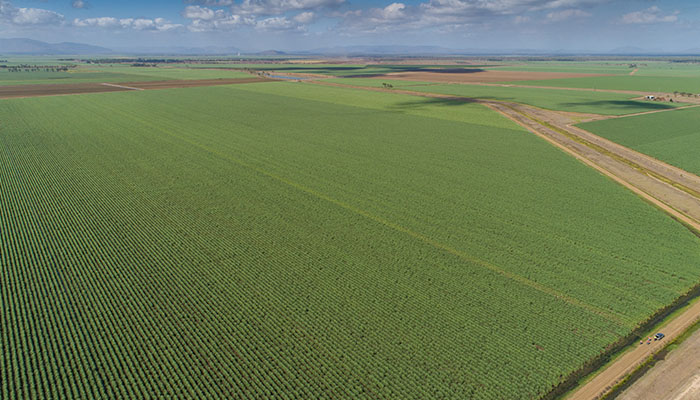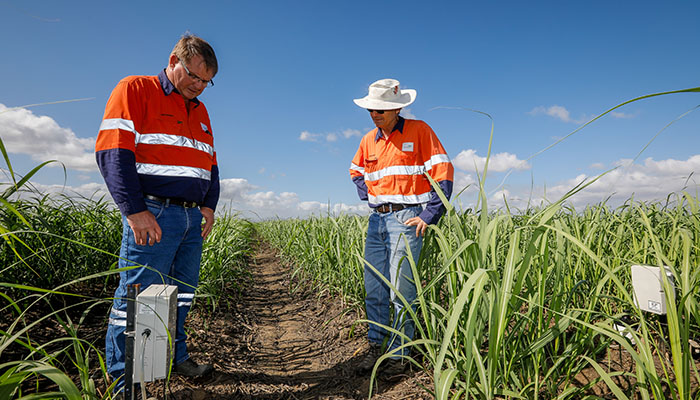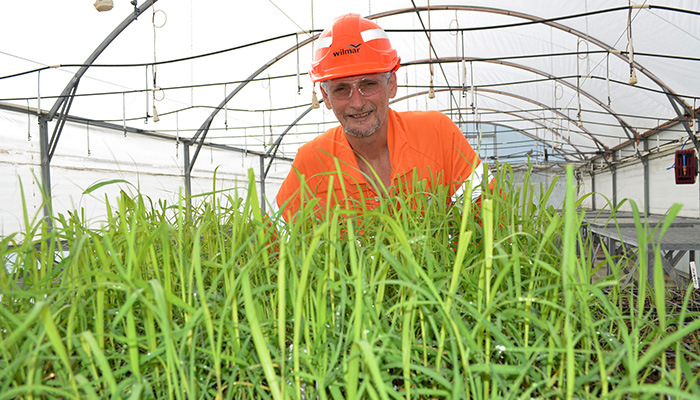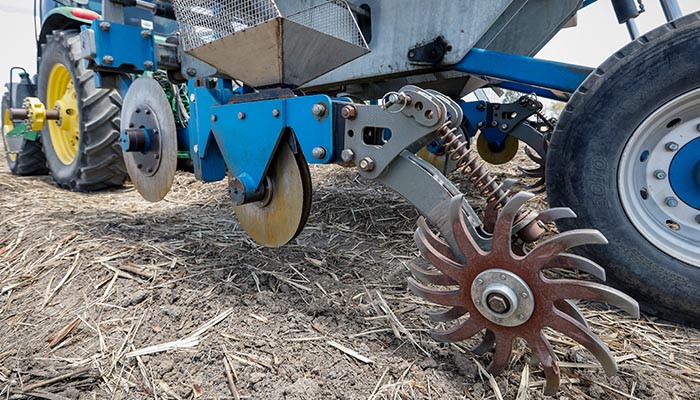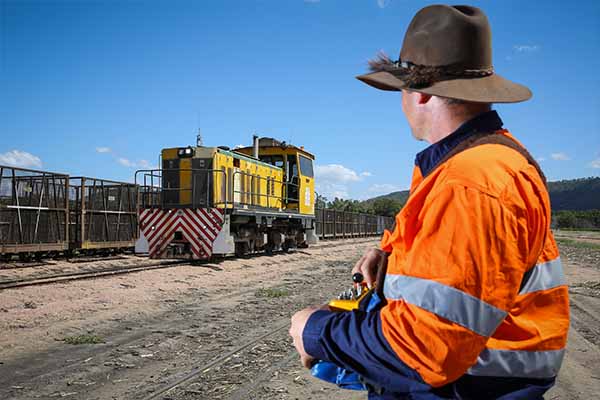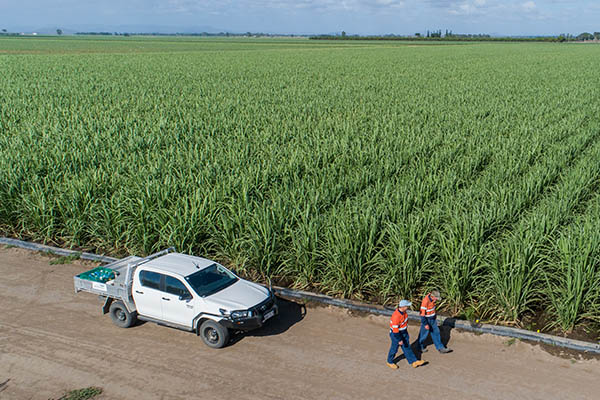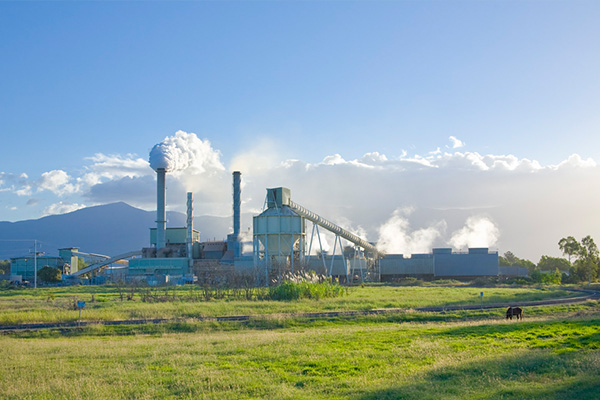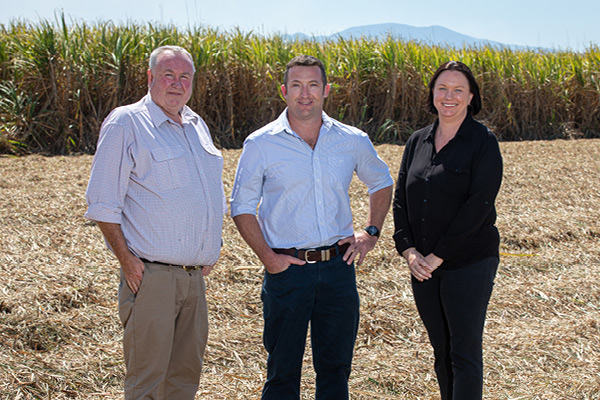Thank you for taking the time to share your thoughts about how we can do better as a business and build a great work environment.
We are particularly interested to hear your new and innovative ideas.
Please provide your feedback through the below form. All submissions will go to our P&C team to review.
You can choose to identify yourself or remain anonymous. You are encouraged to leave your name so a member of the P&C team can follow up with you, if required.
Submissions will be reviewed every few weeks.
If your issue requires urgent attention, please report it through your manager/supervisor or directly with a member of the P&C team.
Similarly, if you have a grievance, this must be directed to your manager/supervisor or our Workplace Relations team, via This email address is being protected from spambots. You need JavaScript enabled to view it..
Thank you for taking the time to recognise a colleague or team for their commitment to our Wilmar values.
At the end of each month, we will review the nominations and announce the winners in each of our six values categories.
Please complete the nomination form below.
Our virtual tours let you step inside a working sugar mill without leaving home.
You can take a journey through the sugar-making process and see how sugarcane is transformed into raw sugar, or just check out the parts of the factory that interest you most.
We created these virtual tours to meet the demand for an interactive, online visitor experience. They're also an opportunity to showcase our operations and the sugar industry more broadly.
We have two VR tours in our library: Macknade Mill in the Herbert region and Pioneer Mill in the Burdekin region. Step inside and take a look around.
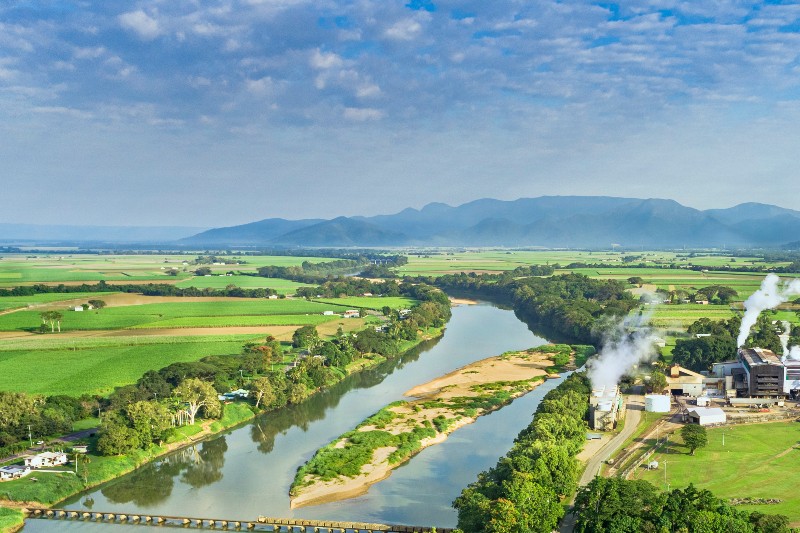
You know what it takes to be 'One of us'.
If you refer a new candidate for an eligible role, you could earn up to $5,000*.
Our referral program - $5,000 ($2,000 + $3,000)*
All employees can refer a friend for an eligible wages position or safety role as part of our referral program. Please note, referrals for apprentice positions are NOT eligible for the ERP.
- If you refer a candidate for a permanent role, you will receive $2,000* after the referred employee completes their second successful week / second rostered rotation. You will receive a further $3,000* after the employee successfully** completes six months of employment with us.
- If you refer a candidate for a seasonal role, you will receive $2,000* after the referred employee completes their second successful week / second rostered rotation. You will receive a further $3,000* after the employee successfully** completes a full season with us.
*All payments subject to taxation and superannuation.
**Successfully refers to an employee meeting all minimum performance requirements with the business.
NOTE: Members of the Sugar and Renewables Leadership Team and personnel in the People & Culture team may not participate.
How it works:
STEP 1: Spread the word
If you know someone who would be a great fit for one of our roles, tell them to apply. Make sure they list you as their 'Wilmar Referrer' when they apply online.
Visit the Wilmar careers page on our Wilmar Sugar ANZ website to view current job opportunities.
STEP 2: The process
Your referred candidate will go through a standard recruitment process.
If they're hired, and you meet the eligibility requirements, you'll be eligible for the referral payment.
Check out our FAQs for more details around eligibility criteria.
STEP 3: Reap the rewards
In most cases, you'll receive your referral payment* in two parts:
- $2,000 after the referred employee successfully completes their second week / second rostered rotation
- $3,000 after the referred employee successfully completes six months of employment or a full season with us.
Payments will be made by electronic deposit into your nominated bank account via payroll's standard pay run, following confirmation that the qualifying period has been completed.
*All payments subject to superannuation and taxation.
NOTE: Referral payment arrangements are subject to change, depending on business needs.
Who can participate?
All Wilmar Sugar and Renewables employees are eligible to participate in the Employee Referral Program, except for members of the Sugar and Renewables Leadership Team and personnel in the People & Culture team.
See the FAQs for full terms and conditions prior to referring a candidate. If you have questions, please reach out to your People & Culture representative.




.jpg)
